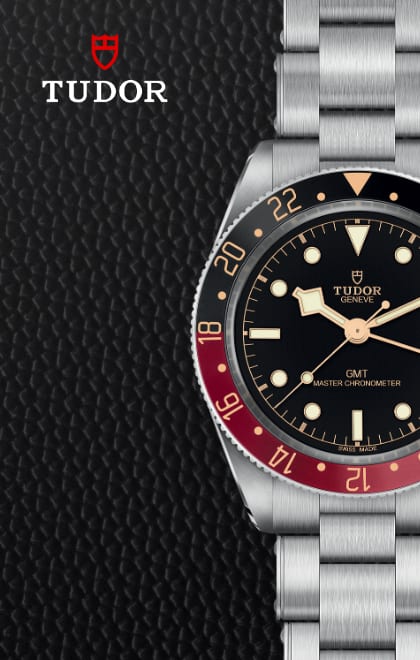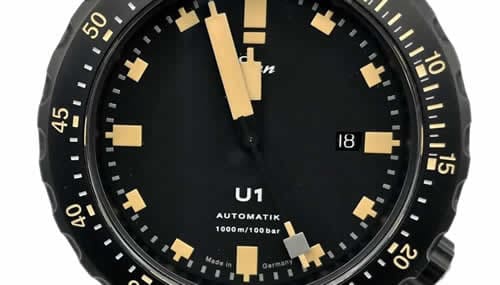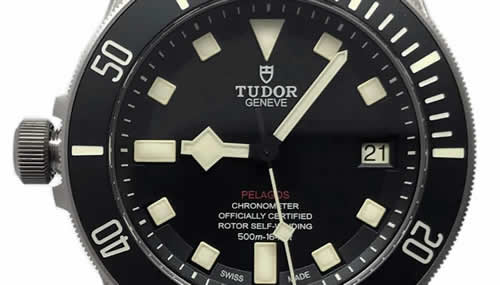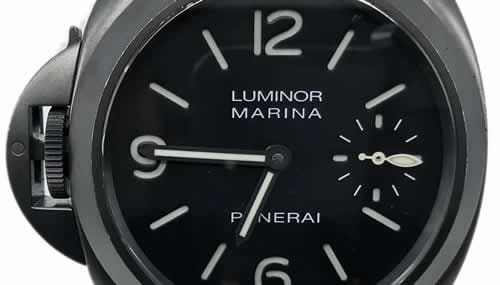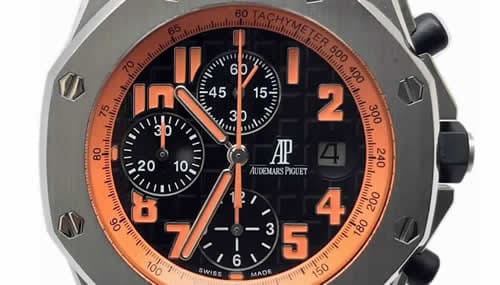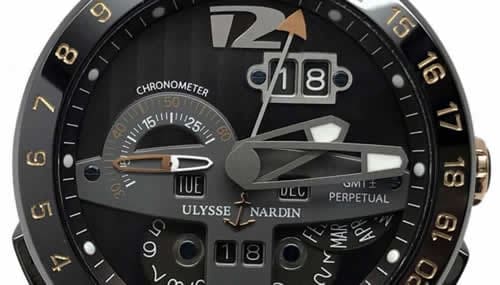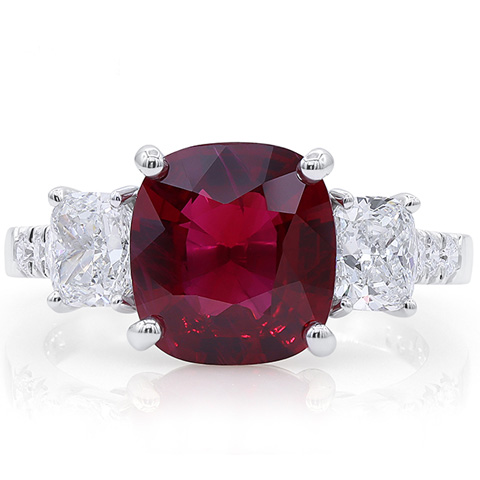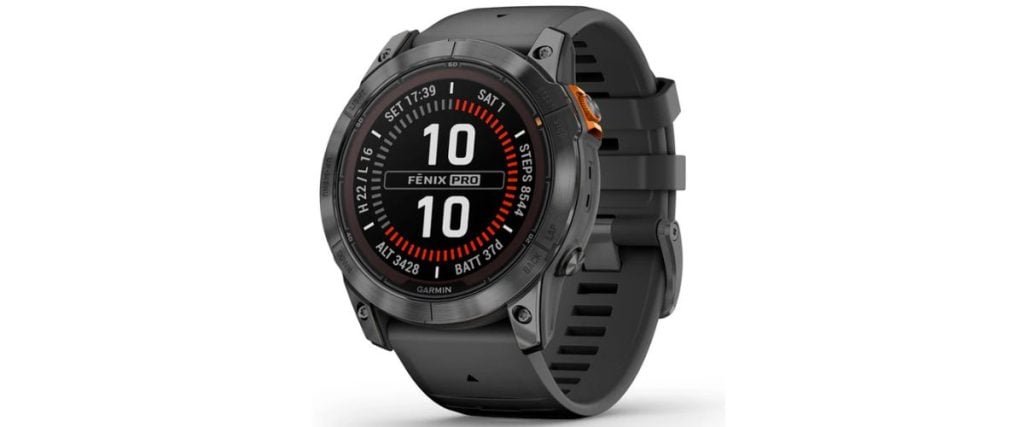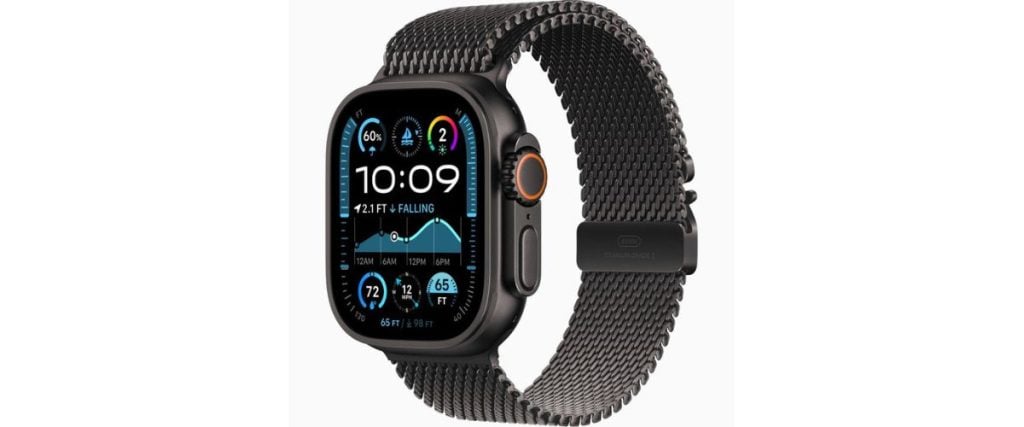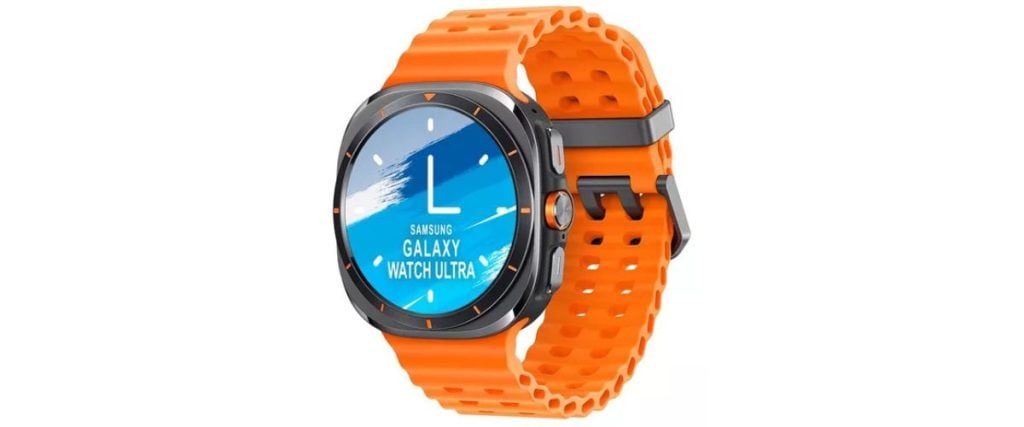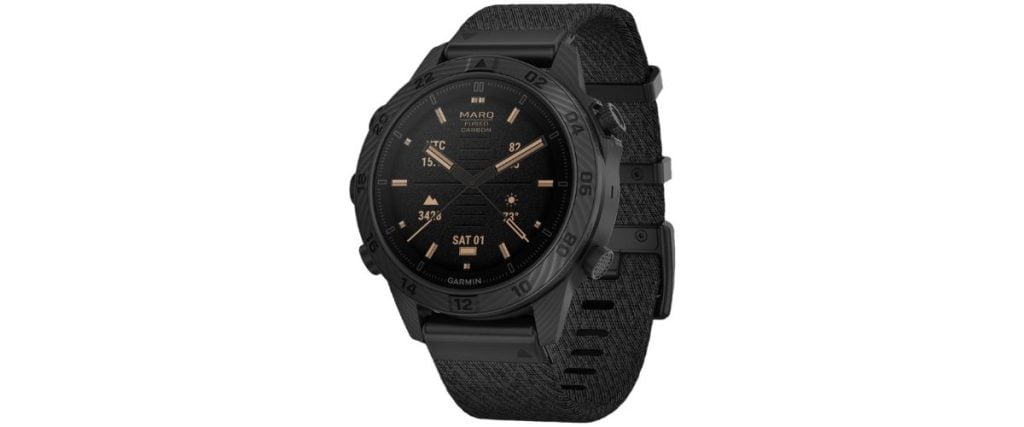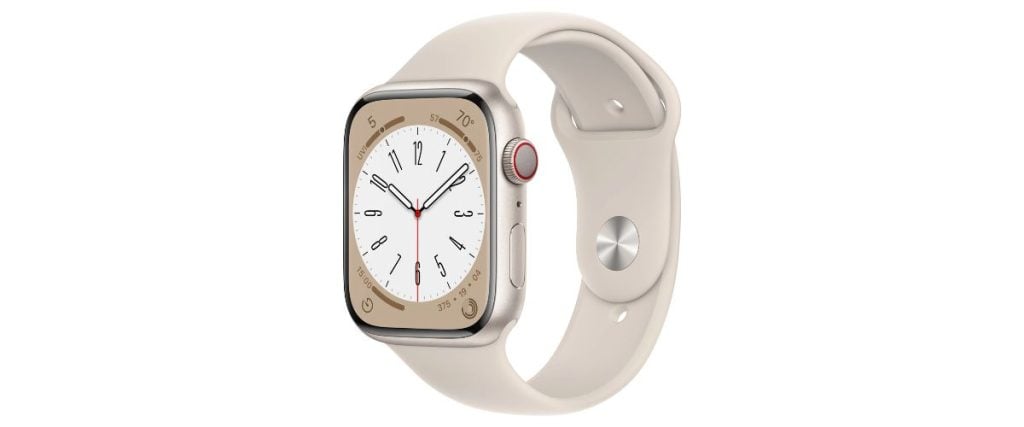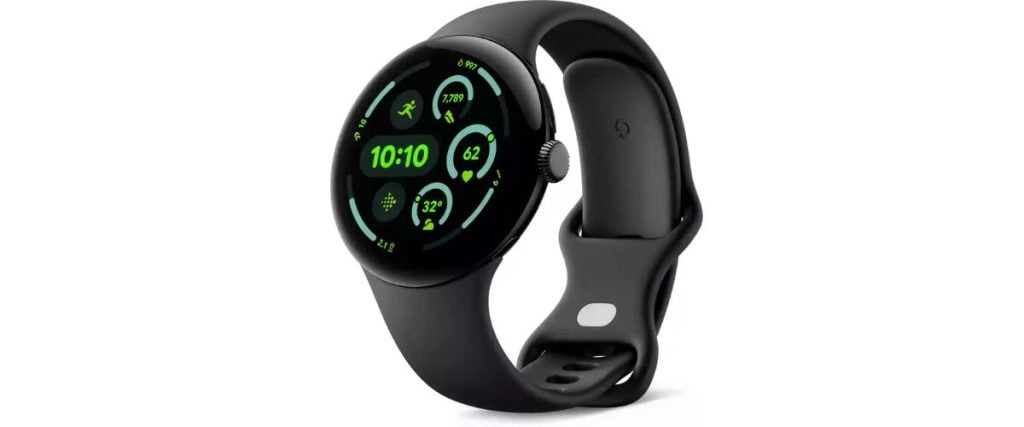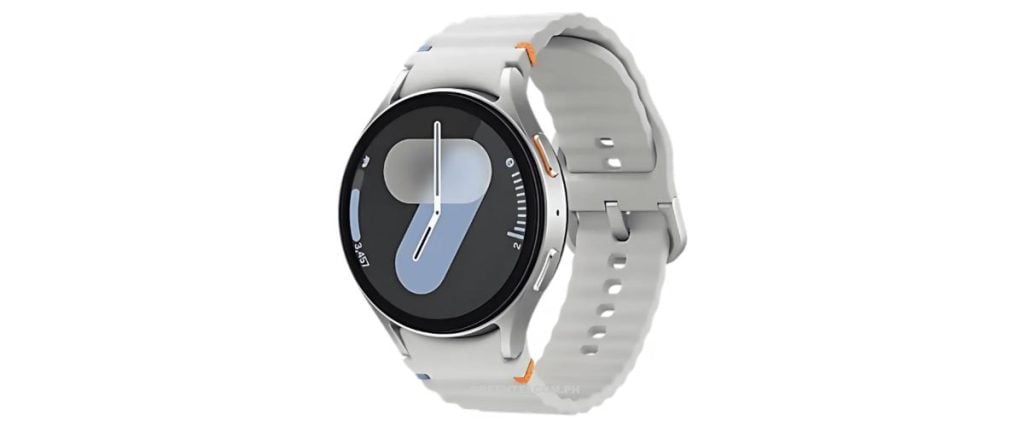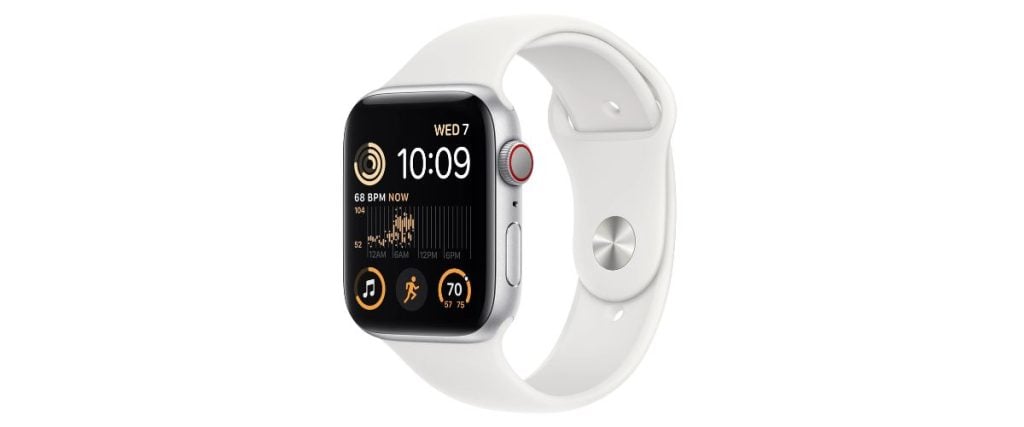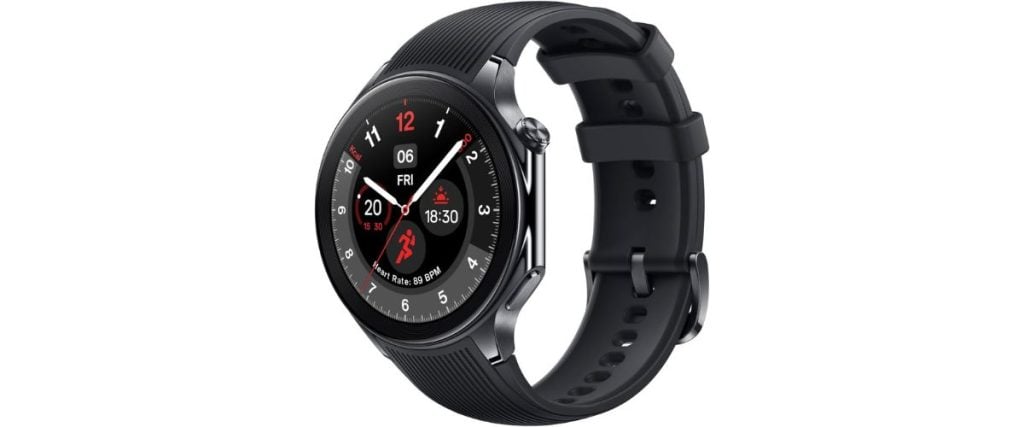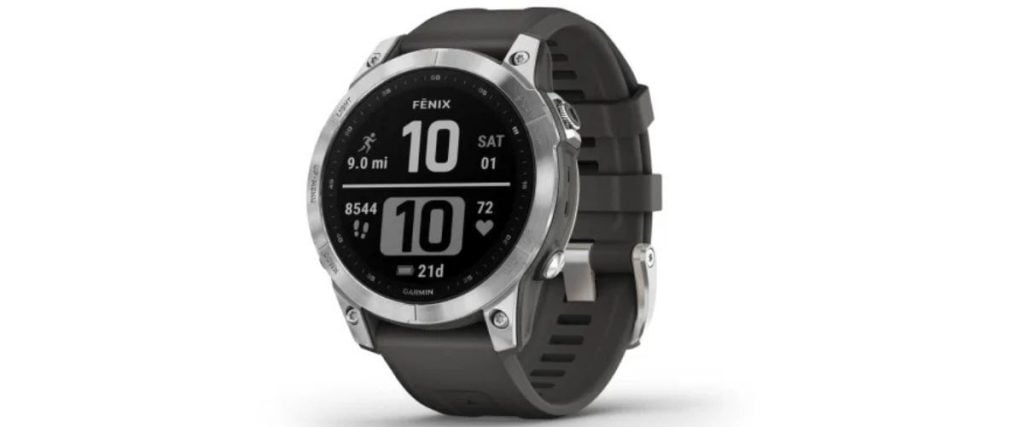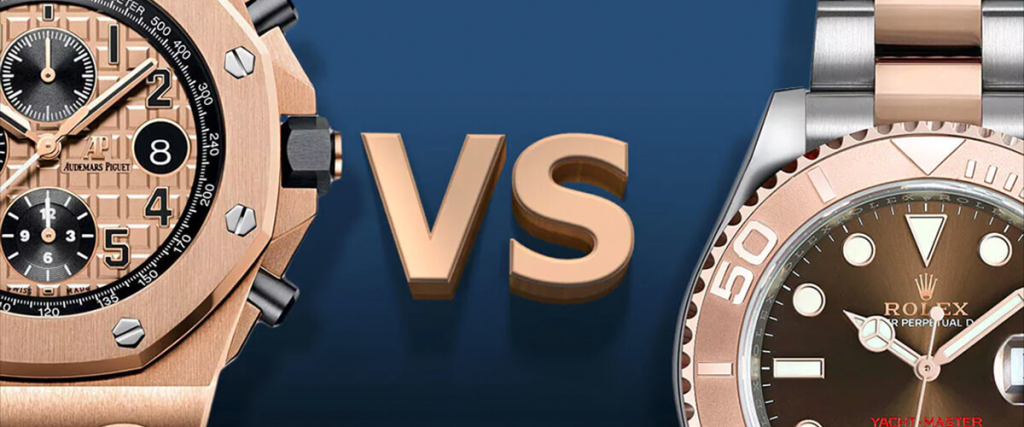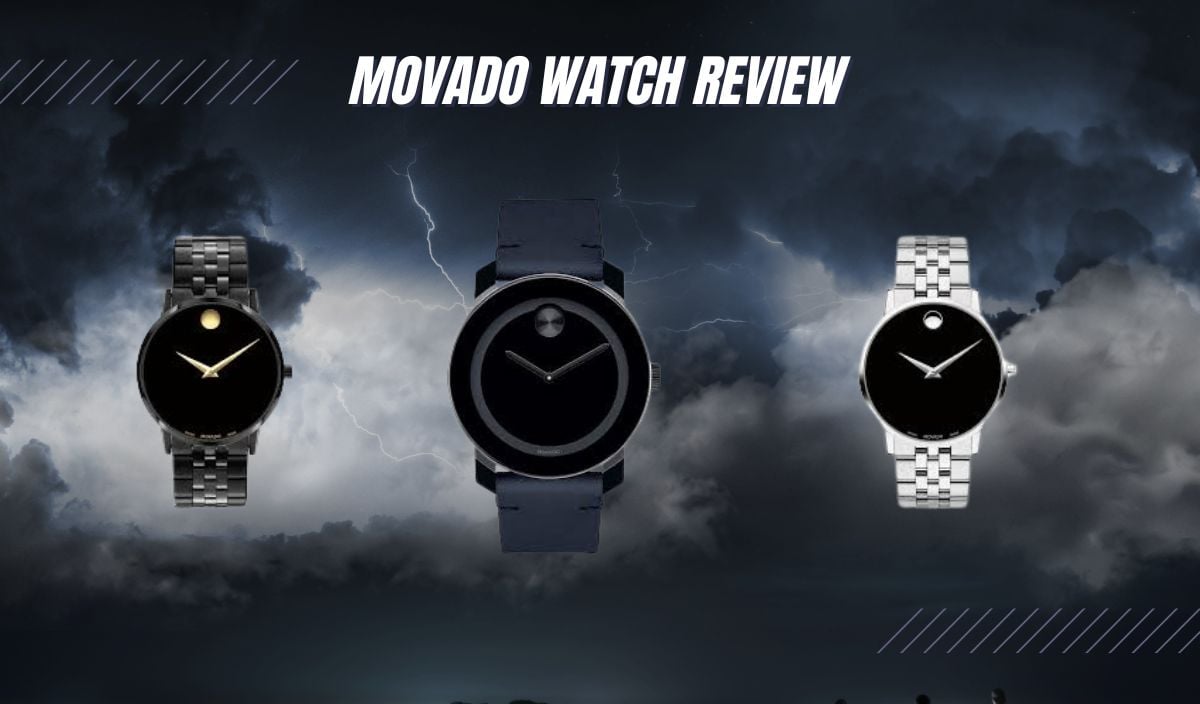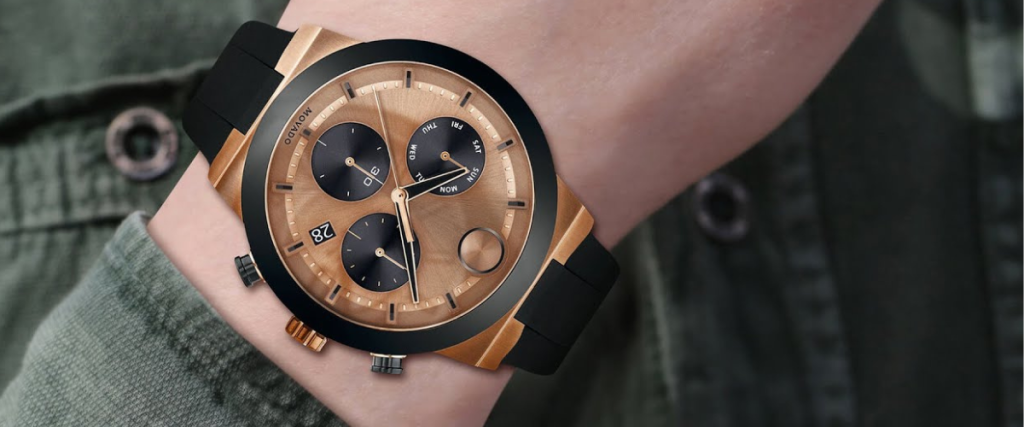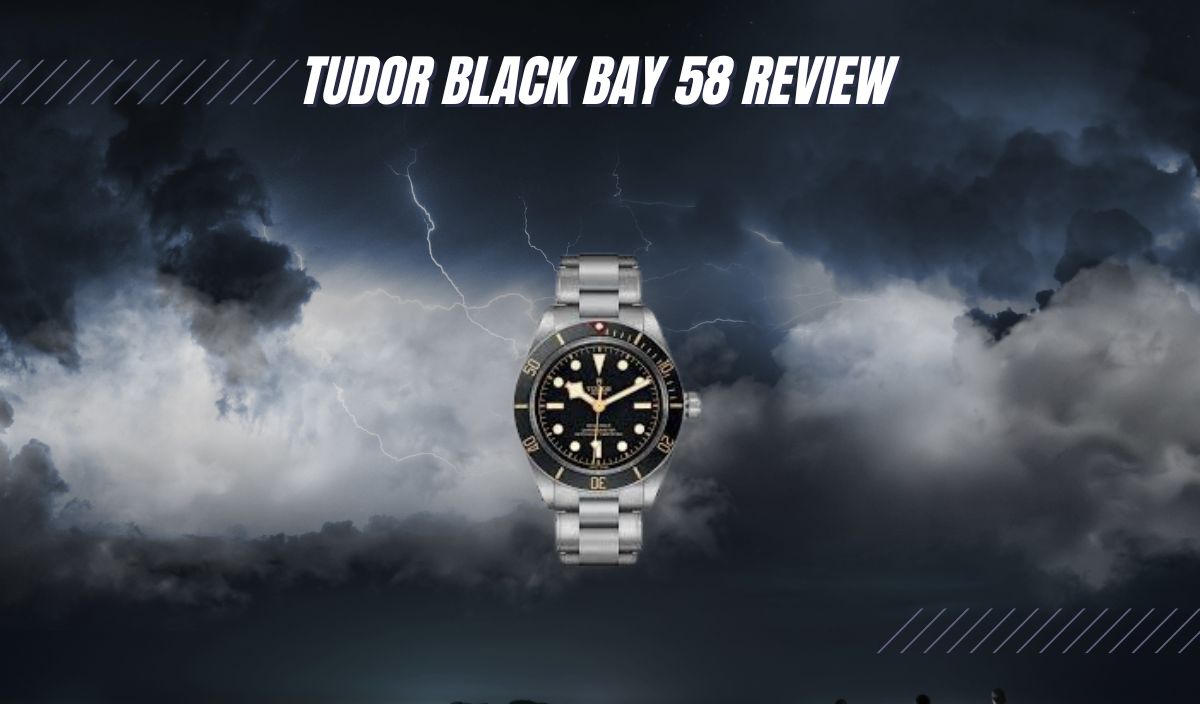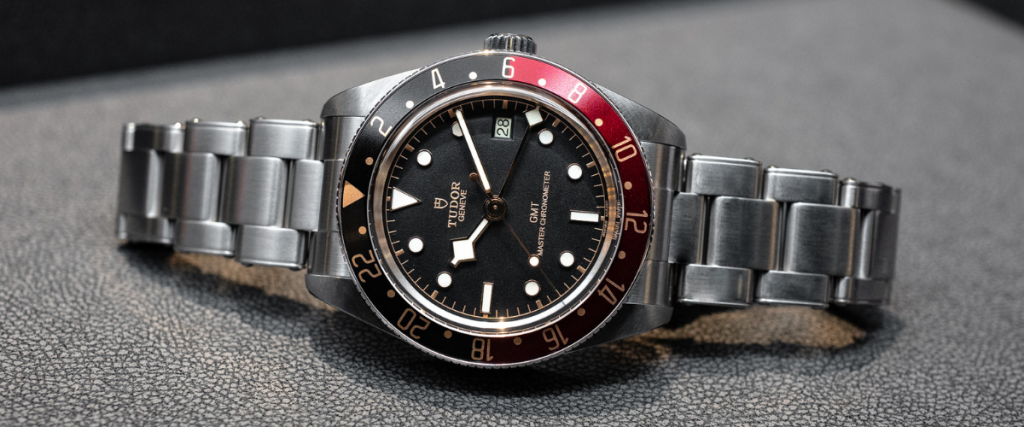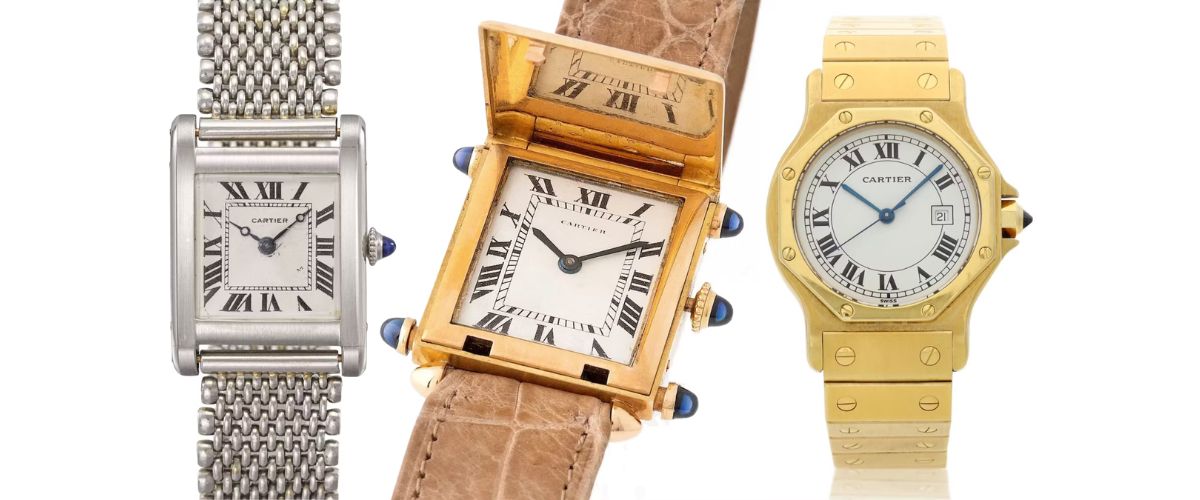
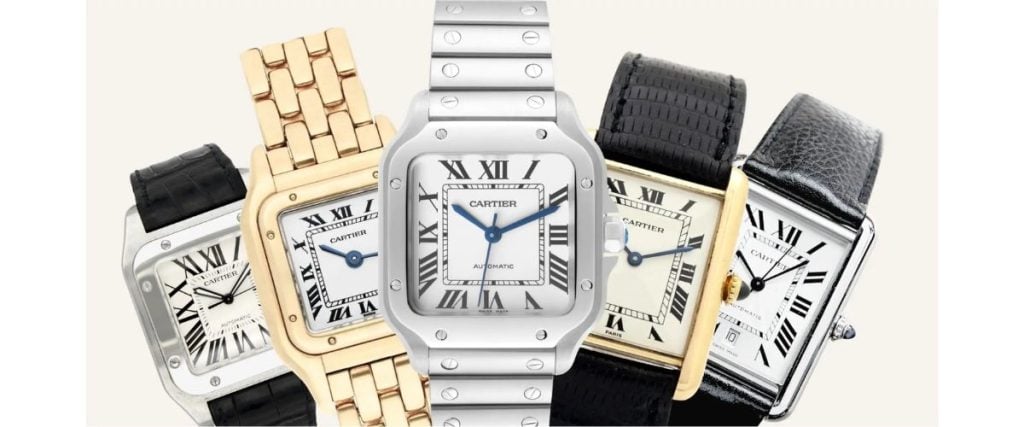
The world’s luxury watch brands have maintained their elite status by mastering the art of distinction. Each brand has carved out a unique identity through meticulous craftsmanship, innovative designs, and unparalleled attention to detail.
While the Swiss dominate the market with renowned names like Rolex and Omega, and the Japanese brand Grand Seiko rises with its relentless pursuit of excellence, one French brand, Cartier, remains one of the most sought-after watchmakers in the world. Known for blending timeless elegance with horological innovation, Cartier has cemented its place as a symbol of luxury and sophistication.
Having carved its way into stardom by captivating royalty since its inception, Cartier has solidified its reputation as a quintessential symbol of luxury. Renowned for its timeless elegance, innovative designs, and unmatched craftsmanship, the brand continues to define sophistication in the realms of high-end watchmaking and jewelry.
Whether you’re a man or a woman, wearing a Cartier is an expression of excellence, elegance, and an undeniable sense of prestige. If you’re new to this iconic French brand and want to understand what makes Cartier the luxurious powerhouse it is, you’ve come to the right place.
Cartier Watches in the Past
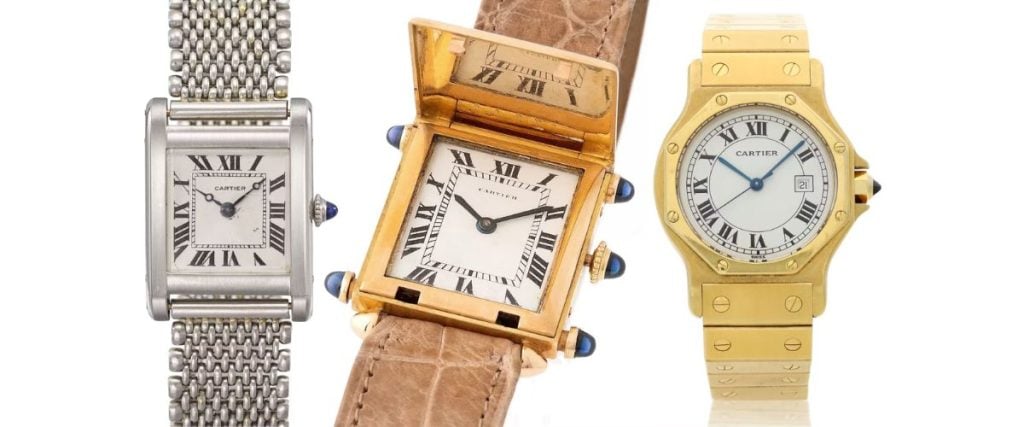
For starters, history reveals that the Cartier brand was far from having humble beginnings. While that might sound like a negative connotation, it’s perhaps more accurate to say that Cartier was destined for prestige and greatness from the very start.
After inheriting his mentor’s jewelry-making workshop in 1847, Louis-François Cartier began building his empire by crafting exclusive pieces for royalty. This burgeoning reputation for excellence quickly attracted the attention of France’s most elite socialites, who turned to Cartier for their most luxurious and bespoke jewelry needs.
From there, the Cartier brothers, Louis and Pierre—Louis named after their grandfather—worked tirelessly to expand the brand on an international scale. By 1904, Louis had relocated the Paris shop to the prestigious Rue de la Paix, while Pierre opened a branch on London’s Burlington Street. Their combined vision and ambition transformed Cartier from a Parisian boutique into a globally recognized symbol of luxury and elegance.
This rise to prominence was solidified when King Edward VII of England awarded Cartier a royal warrant, declaring it the “Jeweler of Kings and King of Jewelers”. With this prestigious endorsement, Cartier became the official supplier of jewelry to Europe’s royalty, cementing its reputation at the pinnacle of luxury.
You may have noticed that watches have yet to be mentioned in Cartier’s early rise to luxurious prestige. While the brand initially built its reputation on exquisite jewelry, it wasn’t until the early 20th century that Cartier ventured into watchmaking.
At that time, wristwatches were primarily designed for women and were viewed more as decorative accessories than functional tools. Pocket watches remained the preferred choice for timekeeping, while early wristwatches—used mostly by military personnel—were essentially modified pocket watches strapped onto the wrist.
That all changed in 1904 when Louis Cartier’s friend, Brazilian aviator Alberto Santos-Dumont, voiced a particular frustration. He explained how pocket watches were impractical for pilots, as their line of duty required both hands on the controls, making it difficult to check the time mid-flight. Inspired to solve his friend’s dilemma, Louis Cartier designed a wristwatch with a flat, squared dial that allowed for easy readability at a glance.
The watch was groundbreaking in form and function and became the first modern wristwatch made specifically for men. Louis named the timepiece the Santos in honor of his friend, forever cementing its place as an icon in the history of watchmaking as the first modern wristwatch.
This led to a collaboration with the Swiss watchmaker Edmond Jaeger—yes, the same Jaeger of Jaeger-LeCoultre fame. While Cartier’s watches continued to be designed in Paris, their movements were crafted in Switzerland under Jaeger’s expertise.
This partnership combined French elegance with Swiss precision, a fusion that would lay the foundation for some of the most iconic watch designs of the 20th century. The collaboration not only elevated Cartier’s status as a serious player in the world of horology but also set a new standard for luxury watches, blending artistry with mechanical innovation.
Cartier Watches Today
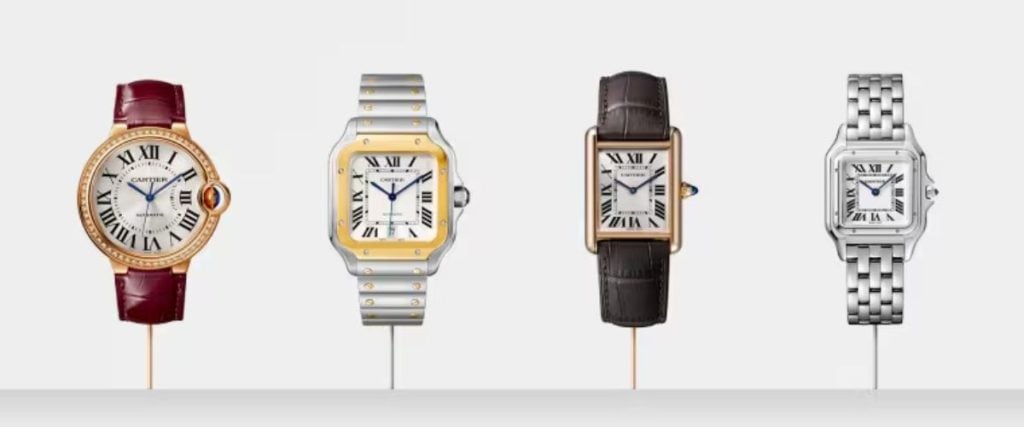
Nowadays, Cartier is regarded as one of the most luxurious and sought-after brands in the world, catering to both men and women. It continues to uphold its reputation as one of the most prestigious watchmakers, celebrated for its timeless designs and elegant yet understated models.
With iconic creations such as the Santos, Tank, and Panthère, Cartier has cultivated a loyal and diverse following, solidifying its place at the intersection of high fashion and horology. These models exemplify Cartier’s commitment to blending heritage, innovation, and style, making them coveted pieces in any watch collection.
The French brand has firmly established itself as a symbol of status and elegance in the world of fashion. Over the years, Cartier has attracted some of the most famous and influential figures across the globe, cementing its reputation as a timeless icon. From the grace of Princess Diana to the charisma of Muhammad Ali, and now to modern-day stars like Paul Mescal and Jisoo of BLACKPINK, Cartier’s allure transcends generations and cultures.
Perhaps one of the most significant talking points about Cartier’s reputation today ties directly to its origins. As the official jeweler of European royalty, Cartier earned the moniker “King of Jewelers”, a status that remains synonymous with the brand to this day. This illustrious history has led many to perceive Cartier primarily as a fashion or jewelry brand rather than a serious watchmaking powerhouse.
This notion is reinforced by Cartier’s creation of several luxurious collections of bracelets, rings, and necklaces. Crafted with a vast array of gems and precious metals, these exquisite pieces showcase remarkable designs that have historically been tailored primarily to a female audience.
But this perspective should be taken with a grain of salt. When comparing Cartier to high-end luxury brands such as Patek Philippe or Audemars Piguet in terms of technological or horological advancements, Cartier admittedly cannot compete on the same technical level.
These brands are renowned for their groundbreaking complications and mechanical innovations, while Cartier has traditionally focused on aesthetics, elegance, and the art of design.
However, Cartier’s strength lies not in trying to outpace technical juggernauts but in offering timepieces that seamlessly blend artistry with functionality—making their watches as much about style and sophistication as they are about telling time.
Despite being behind in the technical race, Cartier has made significant strides by focusing more on producing in-house movements. Since establishing a base in La Chaux-de-Fonds, Switzerland—one of the epicenters of watchmaking excellence—the brand has successfully combined its iconic designs with high-quality horology.
This facility has allowed Cartier to craft remarkably designed timepieces equipped with top-of-the-line movements, elevating its status in the world of serious watchmaking. From their innovative skeletonized calibers to their ultra-thin mechanical marvels, Cartier has proven that their watches are more than just beautiful—they are a testament to meticulous craftsmanship and technical prowess.
Should you get a Cartier Watch?
With a royal history and a commitment to modern innovation, Cartier has built a legacy defined by rich heritage and timeless designs. The brand seamlessly blends its storied past with contemporary craftsmanship, ensuring its creations remain both iconic and relevant. But the question remains: is buying a Cartier watch the right decision for you?
If you’re looking to enter the luxury watch market, Cartier offers an excellent entry-level option. Renowned for its elegance, heritage, and iconic designs, Cartier provides timepieces that blend fashion with timeless sophistication. For instance, you can’t go wrong with the legendary Tank or Santos, priced between $3,500 and $5,500, depending on the size and model. If you’re considering alternatives within the same realm of elegant timepieces, the Rolex Oyster Perpetual is a compelling option, starting at $5,500.
Now, if you’re after something more complex in terms of technical horological advancements and movements, Cartier also has options that cater to connoisseurs of haute horology. The Rotonde de Cartier collection stands out, offering complications like perpetual calendars and tourbillons, showcasing the brand’s dedication to advanced watchmaking. These pieces represent Cartier’s drive to be recognized as a serious player in the world of high horology.
However, while impressive, these efforts still fall short of brands like Patek Philippe and Audemars Piguet, whose reputations are built on crafting some of the most intricate and technically innovative timepieces in existence. Cartier’s offerings in this category are a testament to its ambition, but they remain more about balancing sophistication and artistry than dominating the technical aspects of horology.
Conclusion
Cartier is a brand that has truly stood the test of time, thanks to its unwavering commitment to its royal heritage, timeless designs, and impeccable attention to detail in watchmaking.
While the brand’s dominant reputation in the fashion industry may sometimes overshadow its progress as a serious watchmaking contender, it should not diminish the fact that every Cartier watch is a high-end horological masterpiece.
Whether you’re drawn to their iconic Tank or Santos, or their more technically complex offerings like the Rotonde de Cartier, Cartier continues to marry elegance and craftsmanship in a way that sets their timepieces apart in the luxury watch world.


